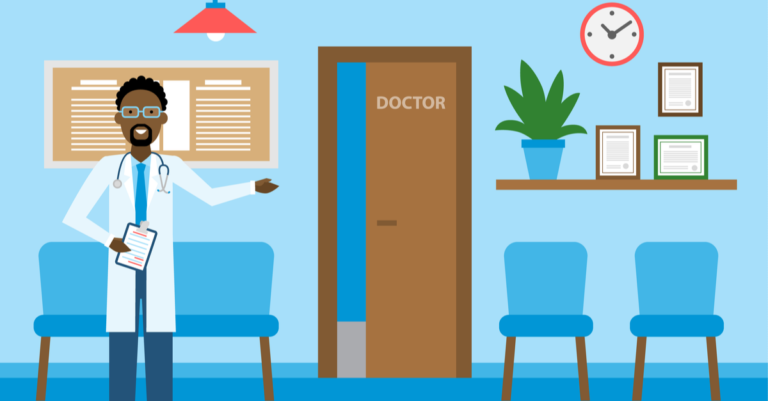5 Physical Therapy Settings to Explore Before Applying to PT School
When you’re planning to apply to physical therapy school, you may or may not have ... Read more
Written by: Meredith Castin
Published on: May 28, 2018
When you’re planning to apply to physical therapy school, you may or may not have ... Read more
Written by: Meredith Castin
Published on: May 28, 2018

For a physician about to finish residency or fellowship, the differences in practice types may ... Read more
Written by: Sidney Christiansen
Published on: May 1, 2018

For a typical medical student shadowing in a clinic for a day, it looks a ... Read more
Written by: Adelle
Published on: April 17, 2017